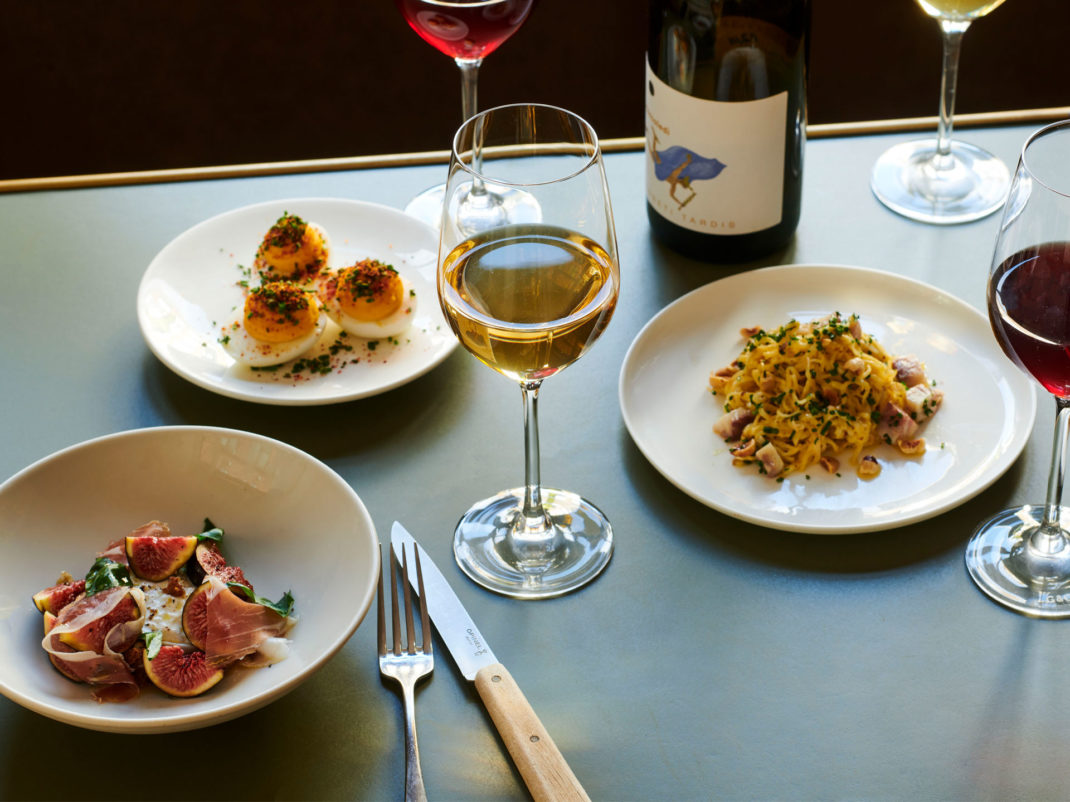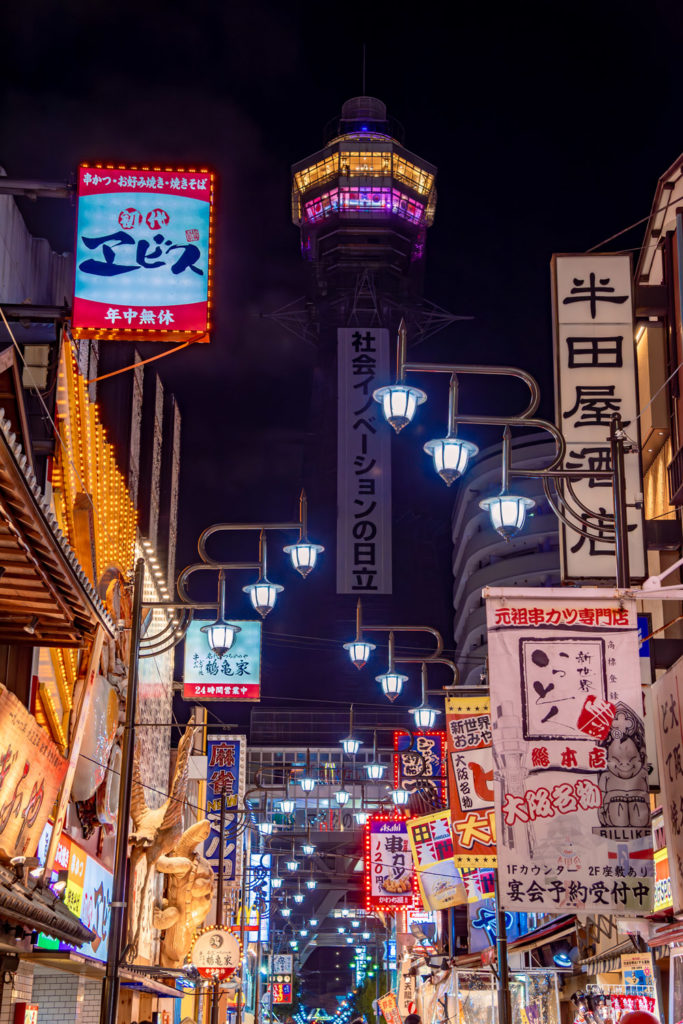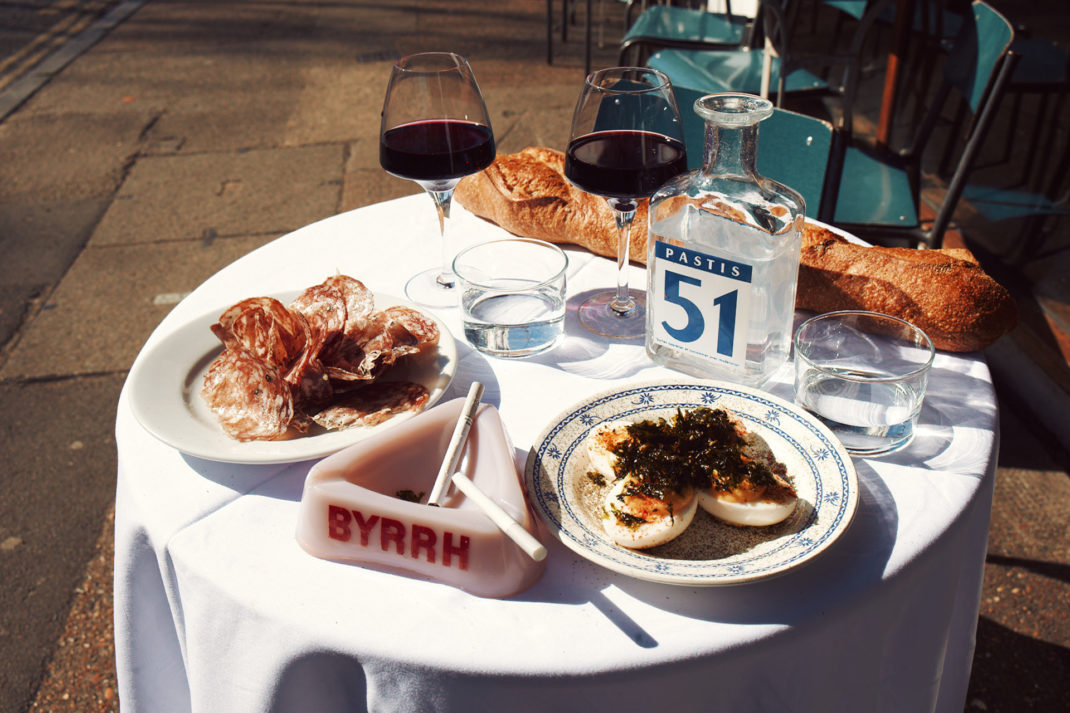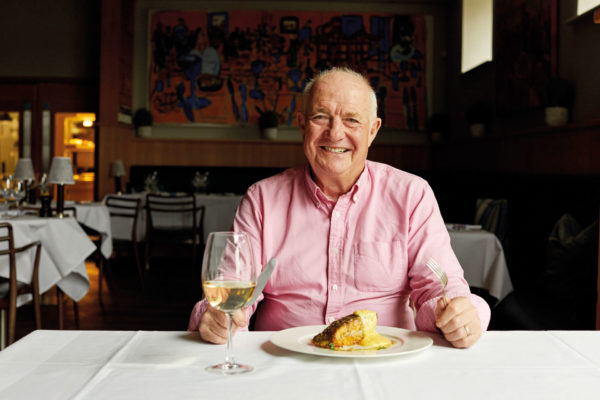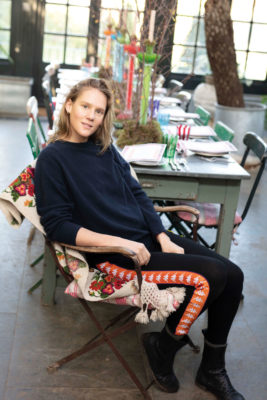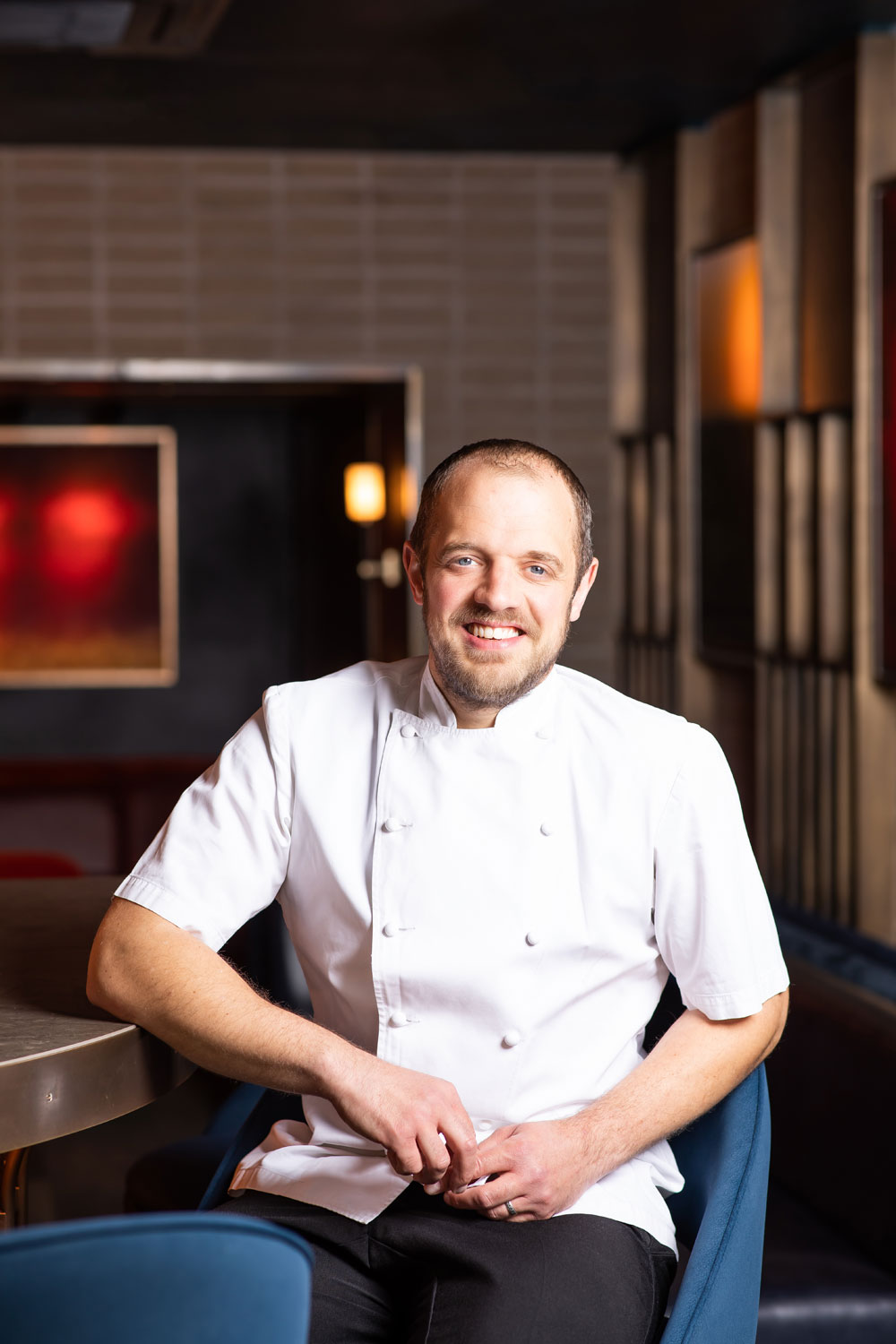
Foodie Tales: James Knappett
By
5 months ago
C&TH meets the chef behind the esteemed Kitchen Table
Fine dining can sometimes feel cold and detached, but nothing can be further from the truth at James Knappett’s two-Michelin-starred Kitchen Table, which he co-owns with partner and resident sommelier Sandia Chang. Guests slip into one of 20 counter seats which surround a theatre-like open kitchen, allowing James’ team to interact and engage with diners throughout their meal. Seasonality takes centre stage for the chef – who honed his craft at Noma in Copenhagen and Per Se in New York – and at Kitchen Table, daily-changing menus celebrate British ingredients in truly transformative ways. In this interview, James shares his favourite places for foraging and how he tackles menu development.
Interview with James Knappett, Chef Patron of Kitchen Table
Did you always envision a career in hospitality?
No, I didn’t. I wanted to grow up to be a policeman, based on films I was watching in the 80s like Die Hard and Police Academy. The real interest in food developed later on, once I’d finished school and started cooking college.
When did you first get interested in foraging?
When I worked at Noma, I started to learn about foraging. We were always out there doing it as a team and Noma’s chef and co-owner René Redzepi was a great teacher.
Best place in the UK to go foraging?
Believe it or not, England has a great, diverse terroir for foraging. Coastal areas are best for sea vegetable foraging, fenlands are great for foraging from marshes while woodlands have forest vegetation and mushrooms. But of course Suffolk is my favourite because it’s home.
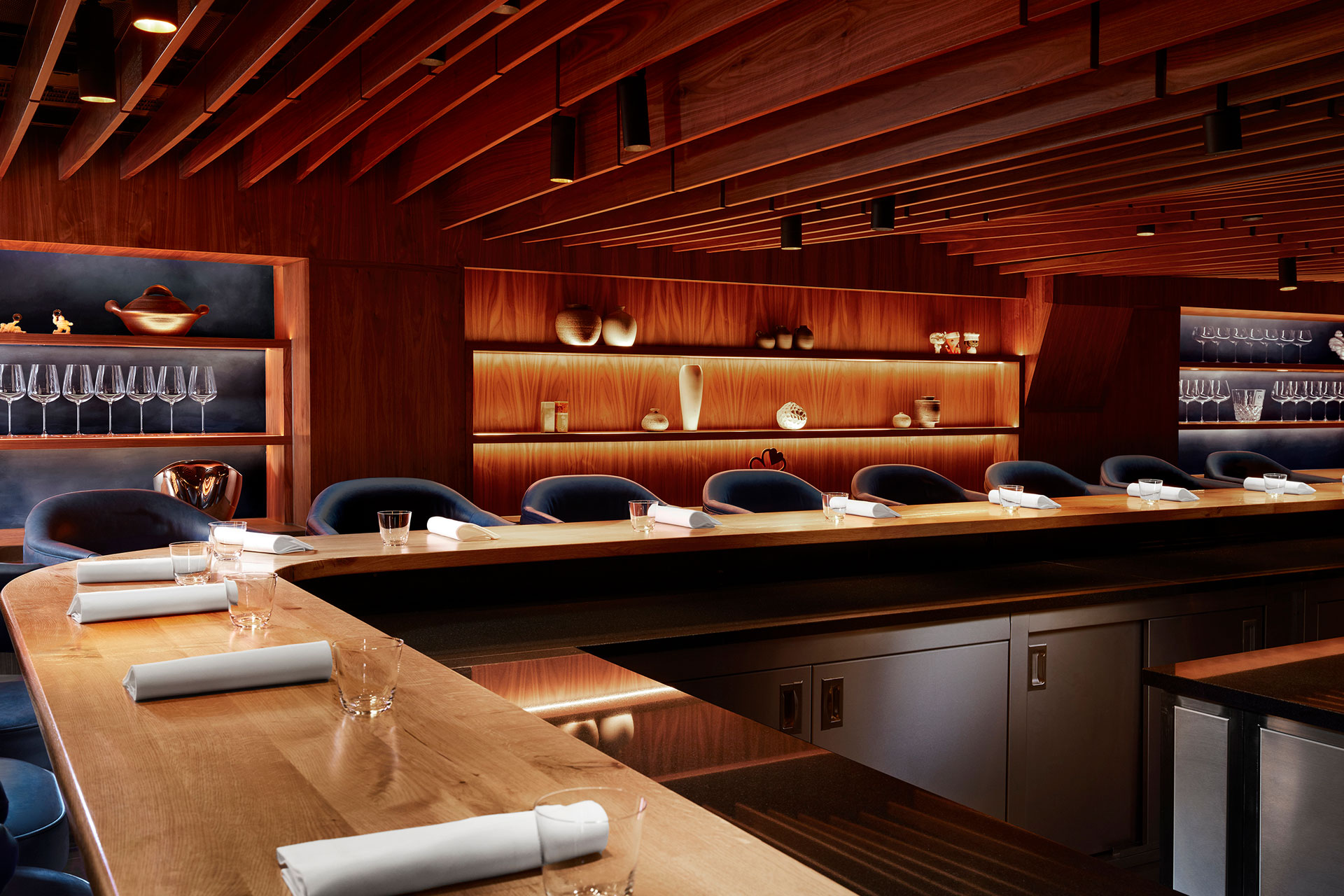
Image by Marcus Cobden
Describe Kitchen Table in three words…
British, seasonal, pure.
What is the hardest part about being a chef patron?
Managing my team. Everyone is different and needs to be led differently.
How has working with Sandia helped you grow as a chef?
Sandia is my complete opposite. She is always there to challenge me, in a good way, so I can be better.
Tell us more about your trusted supplier network and how it’s impacted your offering at the restaurant…
Relationships with suppliers are very important to what we do. To get the highest quality ingredients, we have to find people that share the same philosophy and ethos as us to provide only the best. We use as many suppliers as needed to get what we’re looking for, no matter how taxing that can be.
Creating a daily-changing seasonal tasting menu is quite a feat. Could you tell us more about what menu development looks like for you and your team?
Every morning the team comes and receives the ingredients to produce the menu for the evening. As we’re prepping, we are also on the phone with suppliers and listening to them to see which fish they’ve landed, which of our ageing meat is ready, which game has been shot, which vegetables are in their prime and which are on their way out. Using all that information, we write the menu for the next day and place the order. Our thought process is to allow the professionals – our suppliers in this case – to tell us what to use rather than us dictating to them what we want. They know best, we just work hard to make their ingredients shine.
What is your biggest learning from your time at Noma?
From René, the key thing that I learned was to think outside the box with flavours, ingredients and cooking techniques.
Your best meal this year was at…
The city where you had the most memorable dining experiences?
San Sebastian. It was an array of meals from amazing snacks at pintxo bars, and unforgettable meals at El Kano and Etxebarri, which is one of my favourite restaurants.
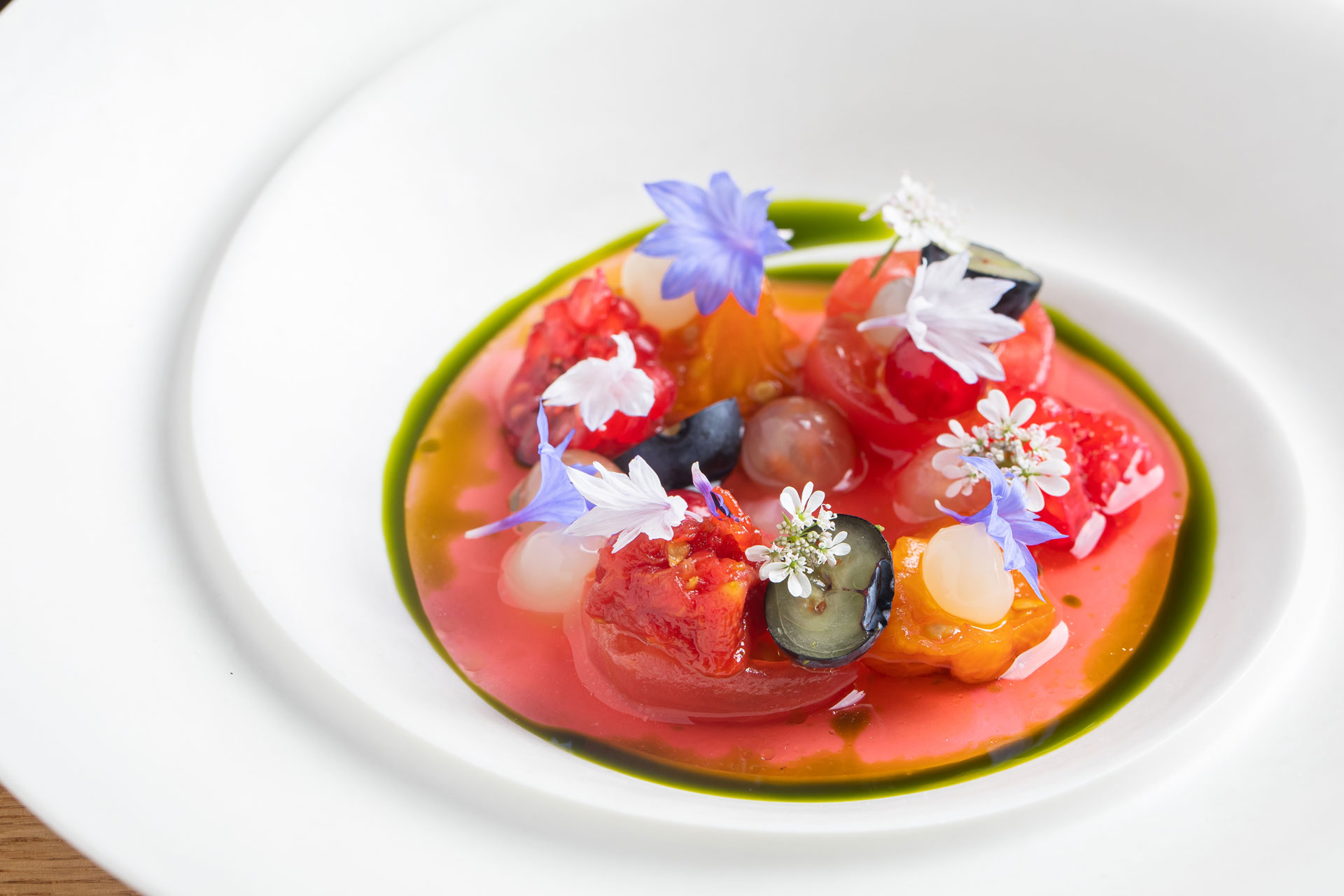
Marcus Cobden
What’s the dish your kids are always begging you to make?
My children never beg for my food. They much prefer Sandia’s cooking at home, especially her fried rice.
Is there a particular cuisine you’d love to learn more about?
Japanese.
Most under-rated restaurant in London?
Hala, a neighbourhood Turkish restaurant in Green Lanes that we often visit as a family of four, sharing a mixed grill platter between us. It’s great value for money and always open late, so I can usually get a grilled shish on the way back home after service too.
Favourite kitchen gadget?
Staub La Cocotte. These are very expensive but once you take that initial plunge, it’s incredible. From boiling water for pasta, to slow cooking a tomato sauce and braising cuts of meat in the winter, these pans really do stand the test of time. Staub is a brand I love to stand by. They are hard-wearing, last forever and work for everything you could possibly think of.
Do you have any tips for easy tipples to make at home with what’s currently in season?
Pre-batched negronis, made festive with the addition of sloe or damson gin, are great to keep in the freezer during Christmas. They’re perfect to serve friends and family after a cold winter walk and prepping them in this way means that everyone can enjoy their drink at the same time rather than waiting for each one to be made individually!
Find out more at kitchentablelondon.co.uk

